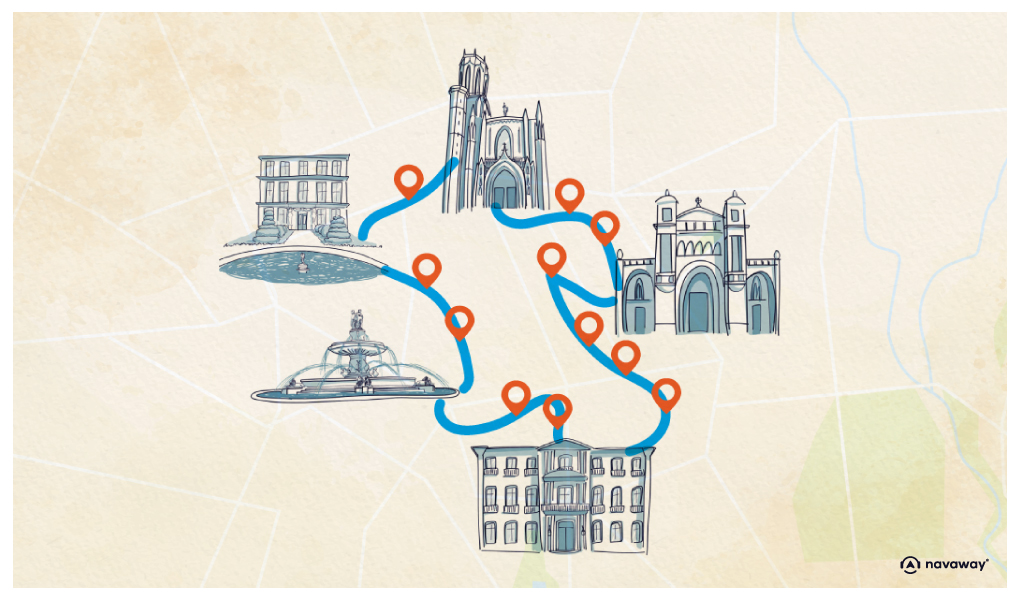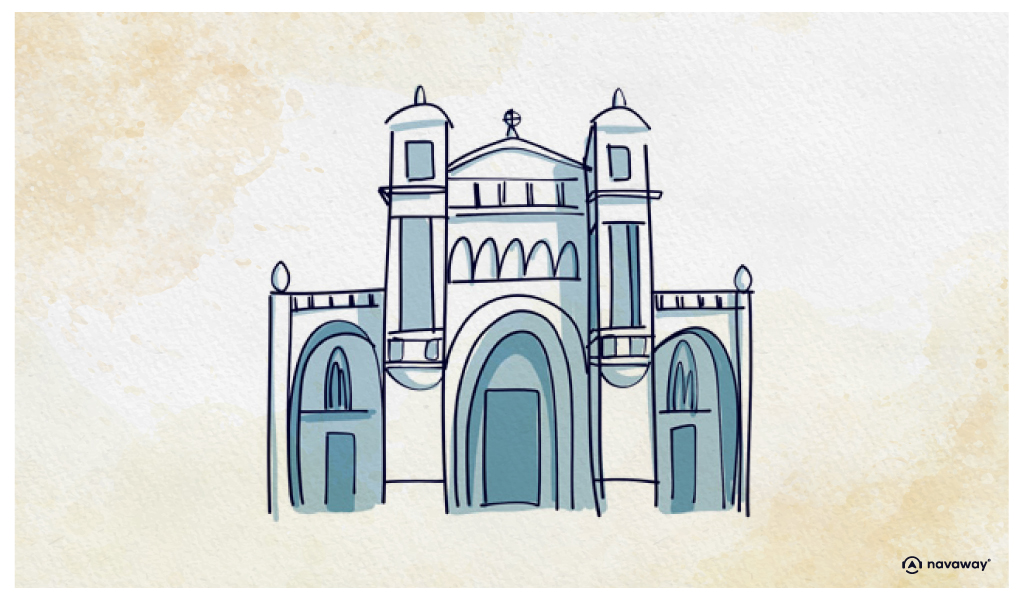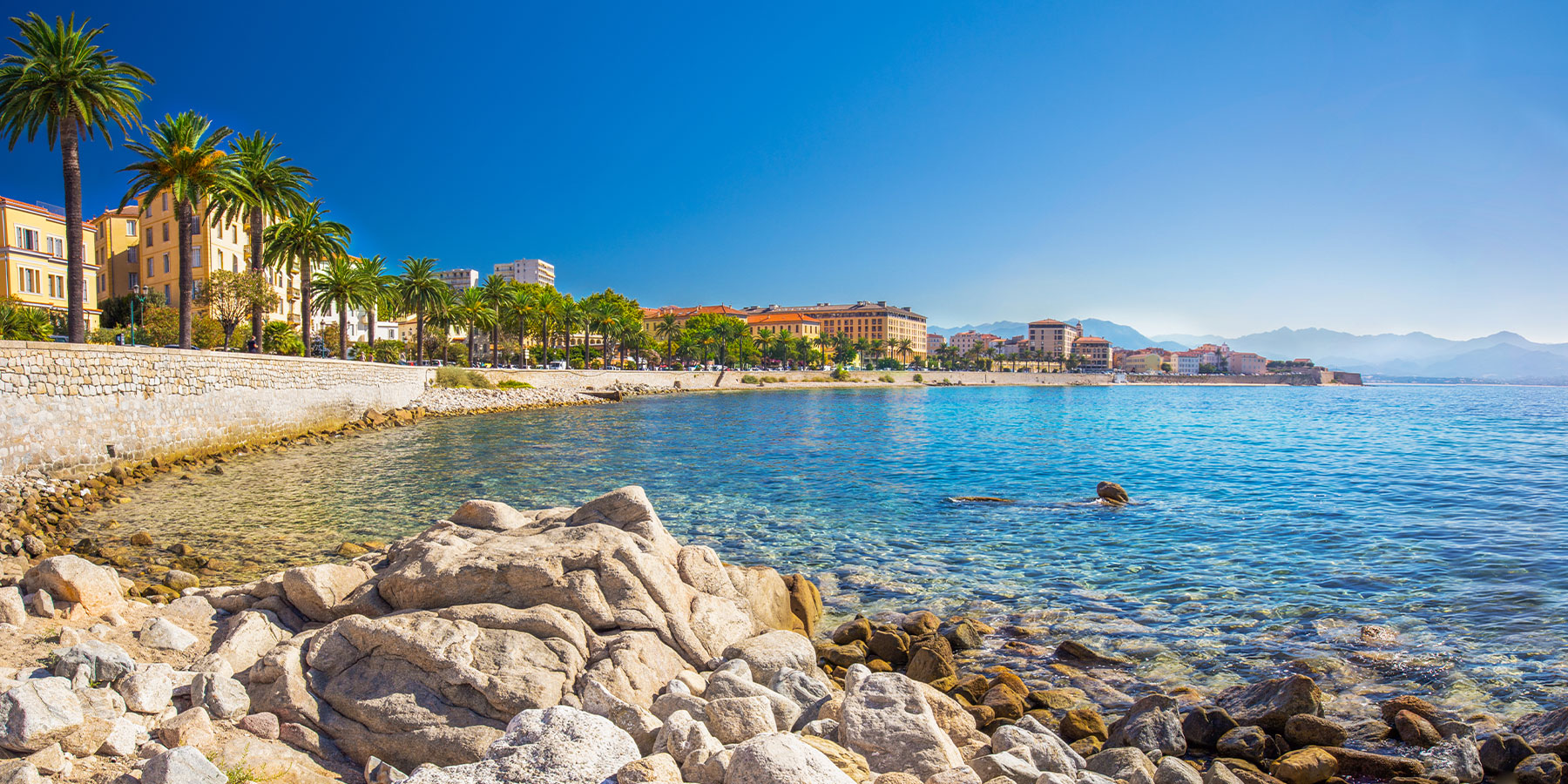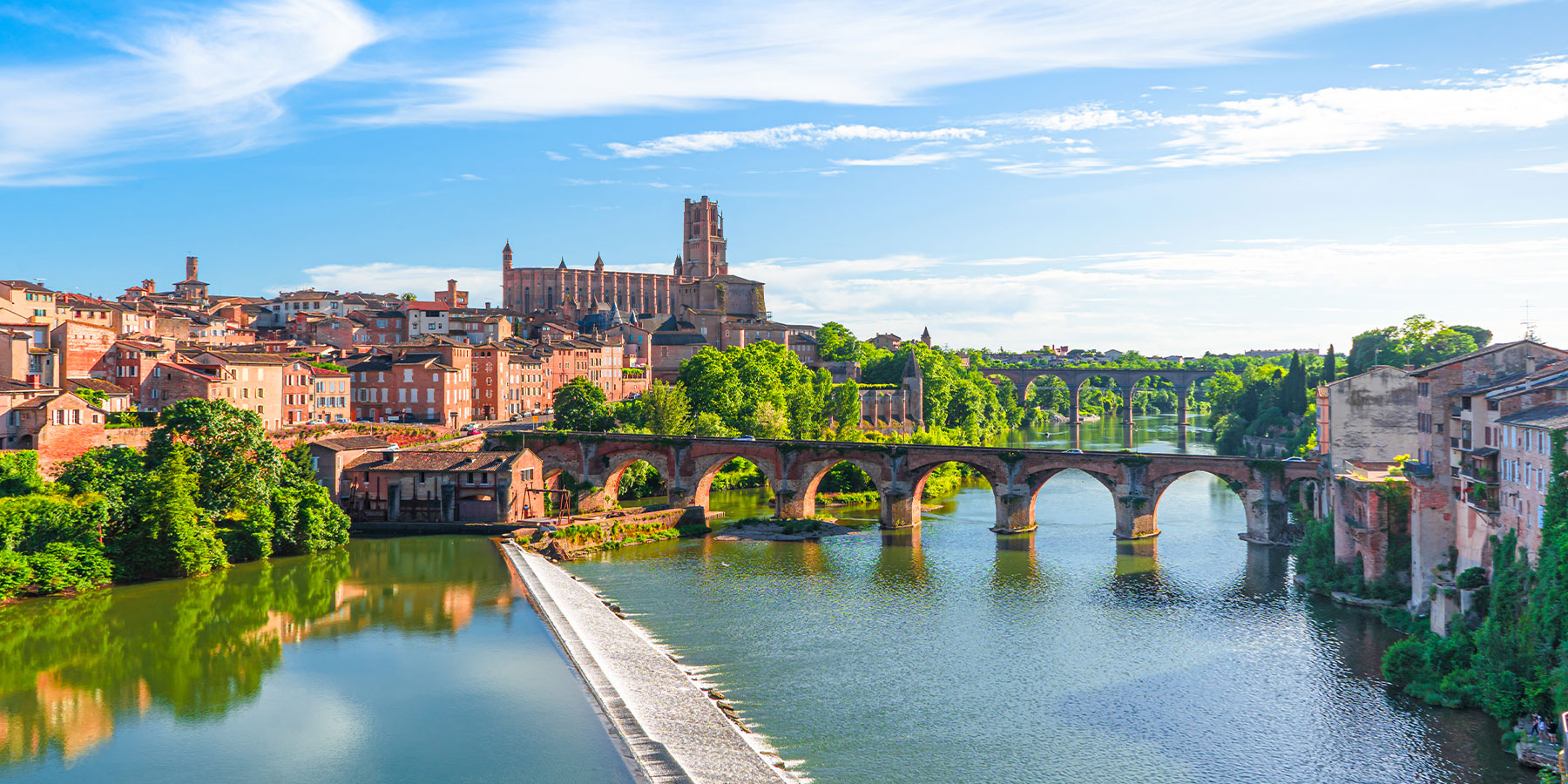
Church of St. Mary Magdalene

This point of interest is available as audio on the tour: Visit Aix-en-Provence, The city of fountains
Before we move on to the church of St. Mary Magdalene, let’s take a look at the square we’re on; it’s known as Place des Prêcheurs, the Preachers’ Square. It owes its name to an old convent that stood nearby. Back in the day, this square was the beating heart of the city. It was built in the 15th century as part of the town expansion project led by Jean de Paris and then Jean Lombard. It is but an extension of Verdun Square. Take a look around you – it’s lined by a number of 15th- and 17th-century townhouses, hinting at the city’s wealth at the time. Today, the Cours Mirabeau has taken over as the bustling hub of Aix. Yet the Preachers’ Square is still as charming as ever, thanks in no small part to the beautiful church of St. Mary Magdalene. This Dominican church was built back in 1272, but it was entirely remodeled at the end of the 17th century by Jean and Laurent Vallon. It was completed in 1703, but it wouldn’t get its façade for another 157 years; you see, it was only designed by local architect Henri Révoil in 1860. Inside, you’ll find stunning works of art. The incredibly well-preserved organ, featuring 3500 pipes, has been here since 1743! Fun fact: the famous local artist Paul Cézanne was baptized here in 1839; this is also where his parents were married! Unfortunately, the church has been under restoration for a while now and it’s closed to visitors. But hey, you can still admire its lovely neoclassical façade! Now, if you look to the right, you’ll spot a beautiful fountain in the center of the square. It was designed in 1757 by the renowned sculptor Jean Chastel. Look up at the obelisk made of Calissanne stone, and you’ll see an eagle holding a globe in its claws. As for the pedestal, it’s decorated with sculptures of lions, draperies and medallions featuring important figures from Aix’s history. There’s the city’s founder, Sextius Calvinus, Louis XVIII, Count of Provence, Louis XV, King of France, and Charles V of Maine, the last Count of Provence. Just behind you, right opposite the fountain, you’ll notice a clock on one of the houses lining the square. There’s a Jacquemart just below it, but you might need to get a little closer to spot it. This little automaton, with his hat and traditional Chinese attire, once decorated an ancient pagoda. Today, he comes to life every hour, striking the bell with his hammer. The clock above him bears an inscription that reads 1833, marking the year the clockmaker Williez set up shop in Aix. Come on over and see it for yourself – it’s definitely worth a closer look!


Discover Aix-en-Provence with app
An interactive guide through the most beautiful streets, squares, and districts
24 fun audioguides full of historical facts, anecdotes, and legends





Comments